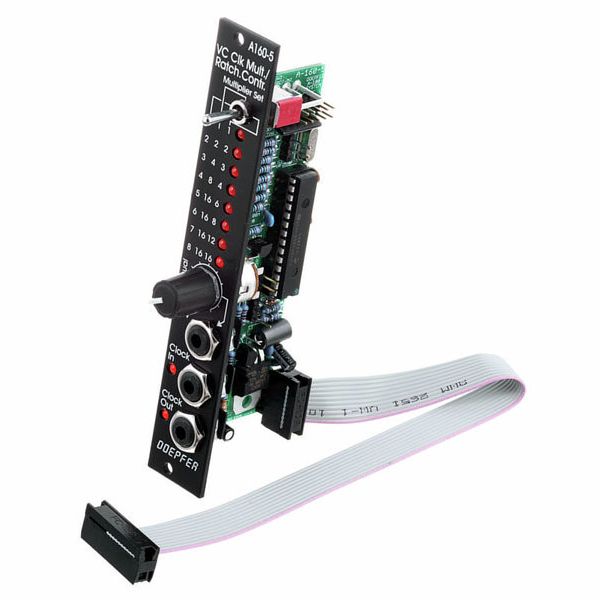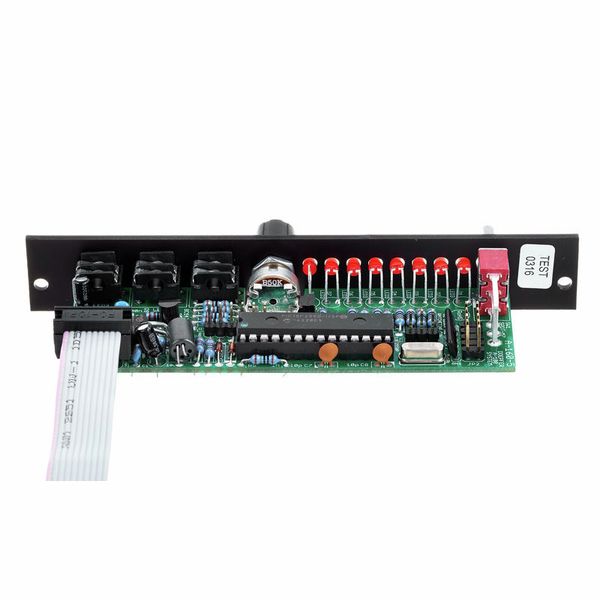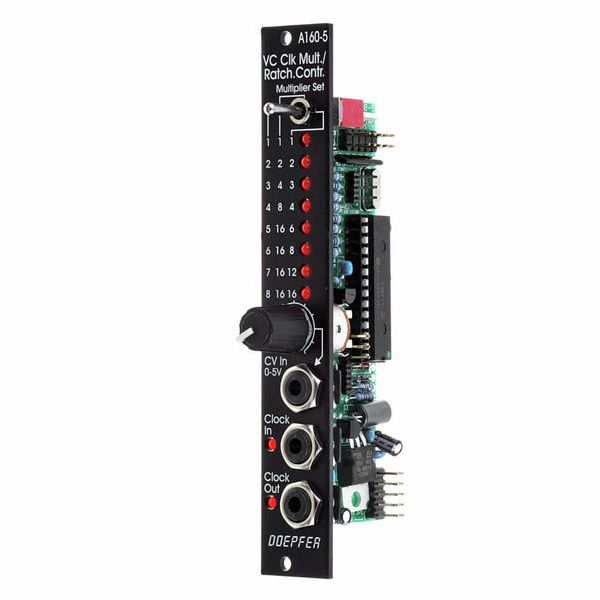Ce module va vraiment donner vie à vos séquences.
Mon avis est un peu à chaud, mais j'avais envie de le donner.
Je m'en sers dans un contexte Berlin School. Jusqu'à présent, mes séquences étaient assez basiques, même si ce style se prête au minimalisme. Mais maintenant, je contrôle avec une des lignes de mon séquenceur, il me suffit juste de tourner le potentiomètre vers la droite pour avoir la note répétée 2, 3, 4 fois ou plus (mais après, ça ne devient pas trop musical).
Les trills à la Chris Franke sont à votre portée avec ce module. Ce petit module (qui ne prend que 4hp) a vraiment relancé en moi l'envie de trifouiller mes séquences et obtenir de nouvelles sonorités que je n'avais jamais réussi à obtenir.
On peut donc contrôler avec un signal CV, mais aussi manuellement avec le potentiomètre du module (la photo ici ne le montre pas, cherchez sur internet vous trouverez). Cela dit, je ne trouve pas que ça soit très pratique.
4 étoiles, car comme je disais, une fois qu'on dépasse des trills par 4, ça ne devient plus vraiment musical (ça peut toujours servir pour des expérimentations j'imagine). Ce qui rend ce module assez limité dans son utilisation, mais il le fait très bien.
Ah, et il ne démarre pas au quart de tour. Faut le temps au module de recevoir le signal CV. (après environ 3 pas sur mon séquenceur, c'est parti). Rien de grave mais à signaler quand même.












